Northland saw its first real September day this week with four seasons in one day. However, the month has been kind to farmers with steady weather conditions - not up and down as it normally would be this time of year, which has been great for the tail end of calving. Ground conditions are drier than average and there's not a lot of grass but there's been a lot of sunshine hours.
Despite a dry period in Pukekohe in the middle of the month, warmer temperatures and residual soil moisture have stimulated crop growth. Many vegetables are in stronger supply at reduced financial returns to growers. Growers warn this situation may continue for a while.
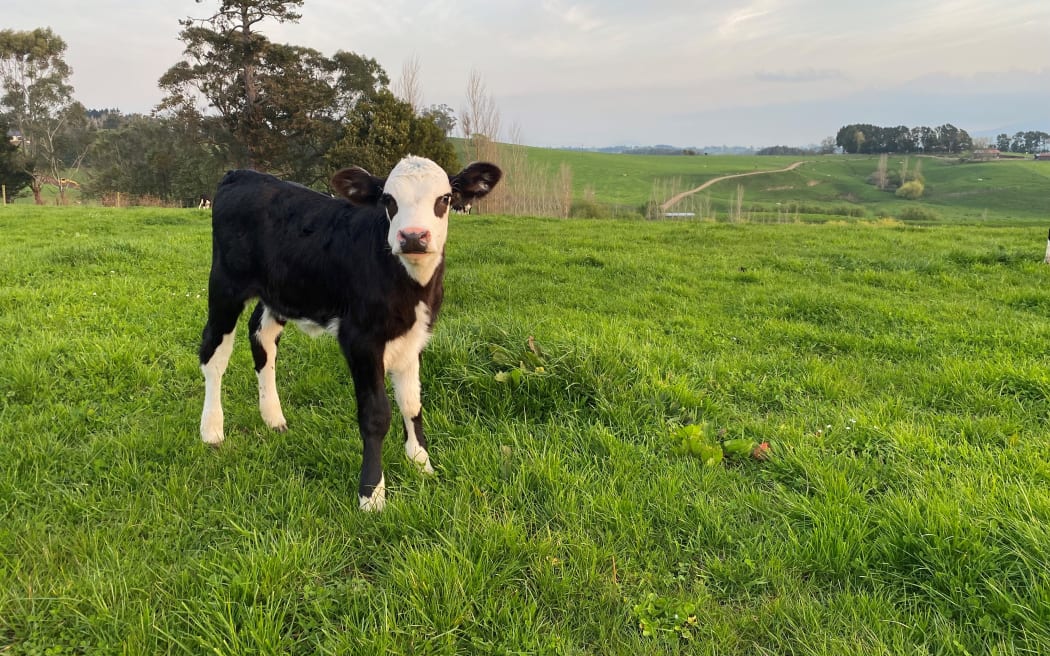
Calving is done and dusted for most parts of the country. Photo: RNZ/Leah Tebbutt
Typical spring weather has been the story in Waikato as the sky doesn't know if it's winter or summer. The end of August had our contact stressed with no grass or silage up the sleeve. Cows moved to a 3-2 milking cycle and with a lot of hard work and a stroke of luck, grass conditions have gone from absolute crap to absolute hero. Last week had temperatures rising from 14 degrees to 21 some days, and many farmers are coming out of the struggle and even getting ahead of their milk production targets.
Nature seems to have played ball in Bay of Plenty this September. In saying that, there's been a lot of surface water on farms with up to 200 millimetres hitting the ground nearer Whakatāne in the past week or so. This time of year rain is welcome as it kickstarts a lot of growth - especially good when you're working up the ground to get summer crops in, which is exactly what our contact was doing when we called.
A nice warm month has been felt in King Country and grass is actually growing. Good frosts, nice dry days with decent sunshine have all been on the menu plus the odd day of rain to the point there was almost flooding a week ago. Those trying to dock lambs this week have been mucked around with inconsistent weather, although farmers around Te Kuiti have finished docking for the season.
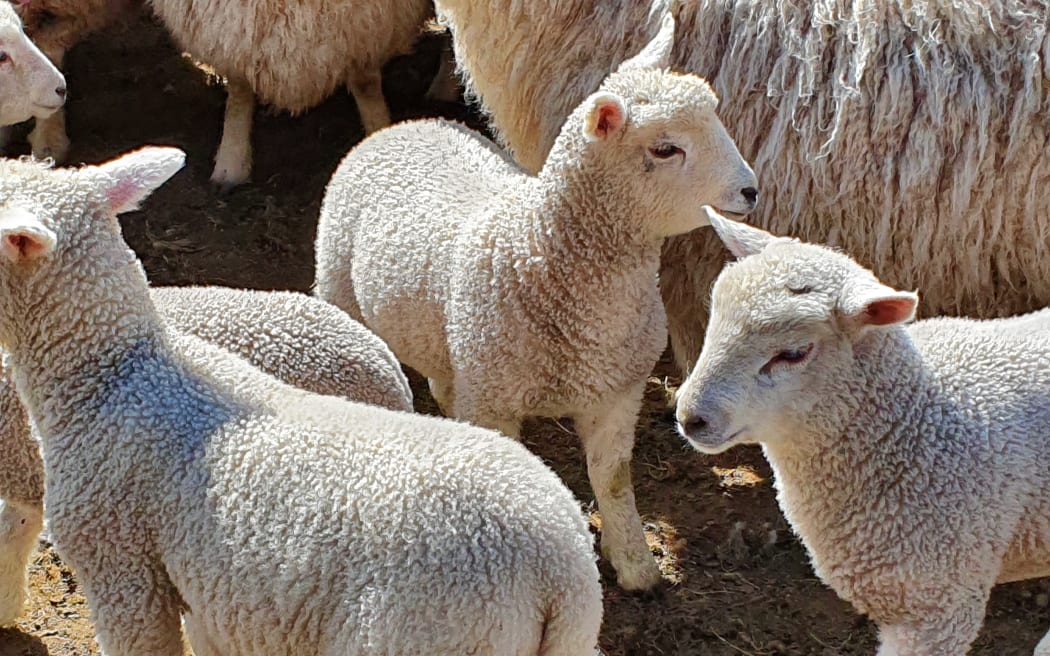
Photo: RNZ/Sally Round
It's been wet in Taranaki. And although there hasn't been high levels of rainfall there have been constant wet days, with some farmers begging for sunshine just to make the days less monotonous. Grass covers aren't looking very good for this time of year. Coastal farms will be near, if not started mating ...those closer to the mountain than the sea are still about three weeks away from the mating season yet.
There were three good weeks of weather on the East Coast, but the last week of September brought with it rain. With the water tables high, it only has to look like rain for the paddocks to be drenched. The rain this week was reminiscent of cyclone Gabrielle - communities were close to being evacuated and roads were closed from surface flooding. It also brings anxiety and panic to some, especially kids who are not over the events earlier in the year. But farmers are viewing it as a bit of a hiccup, as temperatures reached 26 degrees last week.
Three dry weeks at the start of the month saw Hawkes Bay reckoning with the El Nino weather pattern said to sweep across the country. Stock was not getting the spring flush on them and early-born lambs were well out of pace from being marketable. However, a bout of rain this week was enough to kick-start farmers into October. There's been well over 100 millimetres of rainfall in the past week in parts of the region..yet our contact predicts in a month's time farmers will be looking for moisture again.
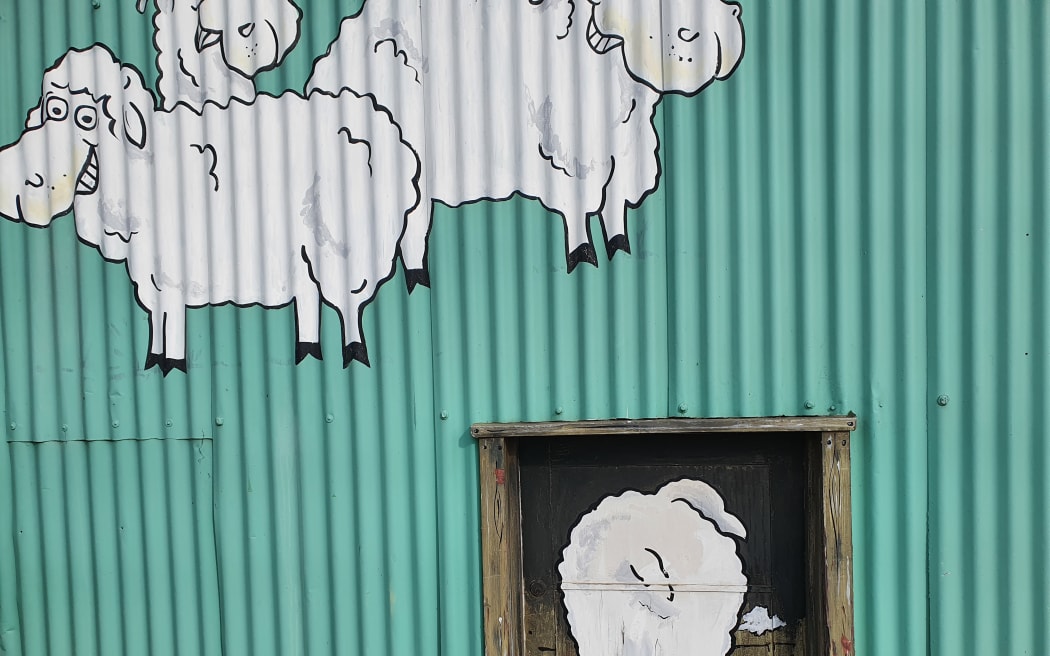
A mural in Napier Photo: RNZ/Sally Round
It's been a little bit drier in Manawatū, in fact, some were saying they were getting too dry. However the recent 40 plus millimetres of rain this week would've fixed that and people are wishing for sunshine again. Livestock have been in good condition as there hasn't been a shortage of feed. Farmers are reporting a good number of lambs, although most are only halfway or at the tail-end of the season.
Warm days in Wairarapa dried everything out from the pretty wet and miserable winter. Grass started growing and you could feel and see the turning point of spring. It also bolstered milk production, tracking better than it was last year. But, as with much of the country, this past week has brought gnarly southerlies and rain. However, those on the flats who got about 30 millimetres were thankful, as the plan was to irrigate next week - showing just how quickly conditions can change.
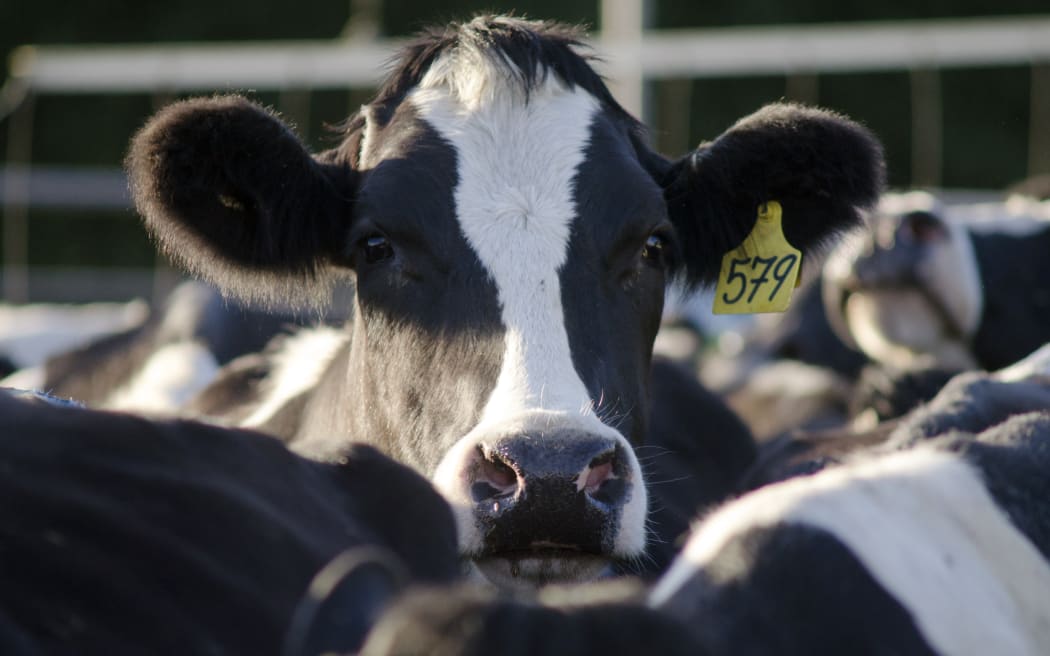
Photo: 123rf
In Nelson, hop growers have been busy stringing, which is tying strings up to the trellis for the hops to climb up for the growing season. They're just starting to see a bit of initial growth appear for the later varieties while earlier varieties kicked off about ten days ago. A cold winter resulted in good plant dormancy and a great start to spring has set up growers well with plenty of moisture in the ground going into the hotter months.
It's been incredibly windy in Marlborough this month which dried things out - half an inch of rain this week will help turn things around. Stock has fared well and feed levels are okay for the moment but it's been a bit cold to spark any decent grass growth. In the vineyards bud burst is happening for the early varieties such as chardonnay and pinot noir and growers are on the lookout for frosts with a few cold mornings forecast in the coming weeks.
It's been a good start to spring on the West Coast, with decent showers followed by nice sunny days. Most farmers are through calving and are busy disbudding or dehorning cows. Replacements are out in the fields and thriving but there have been delays in getting the bobbies off to the works - with farmers struggling to book pick-up slots.
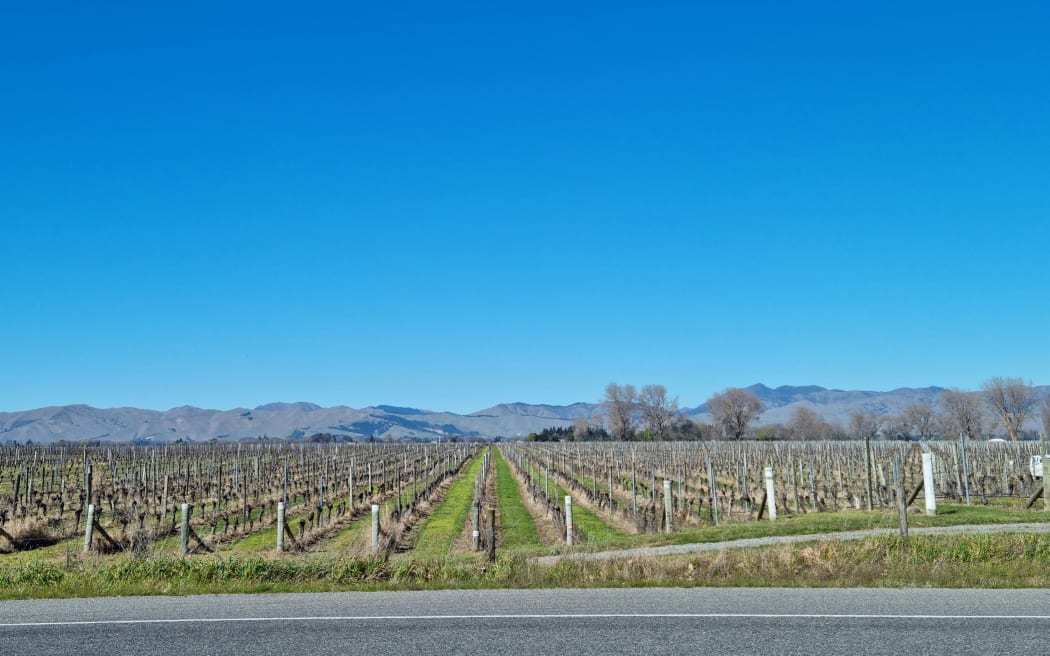
Photo: RNZ / Samantha Gee
The bulk of September in Canterbury was dry and windy and had farmers feeling they were staring down the barrel. Last Friday the weather turned and since then temperatures have cooled and more rain has hit the ground. Growth is slow however Spring planting is in full swing with a range of crops going into the ground.
In North Otago rain and snow have been welcomed by many. Farmers say it was timely especially inland where things were starting to get dry - and it will help set them up well just before the lambs start to arrive. Hoggets are being shorn and crops are being sown.
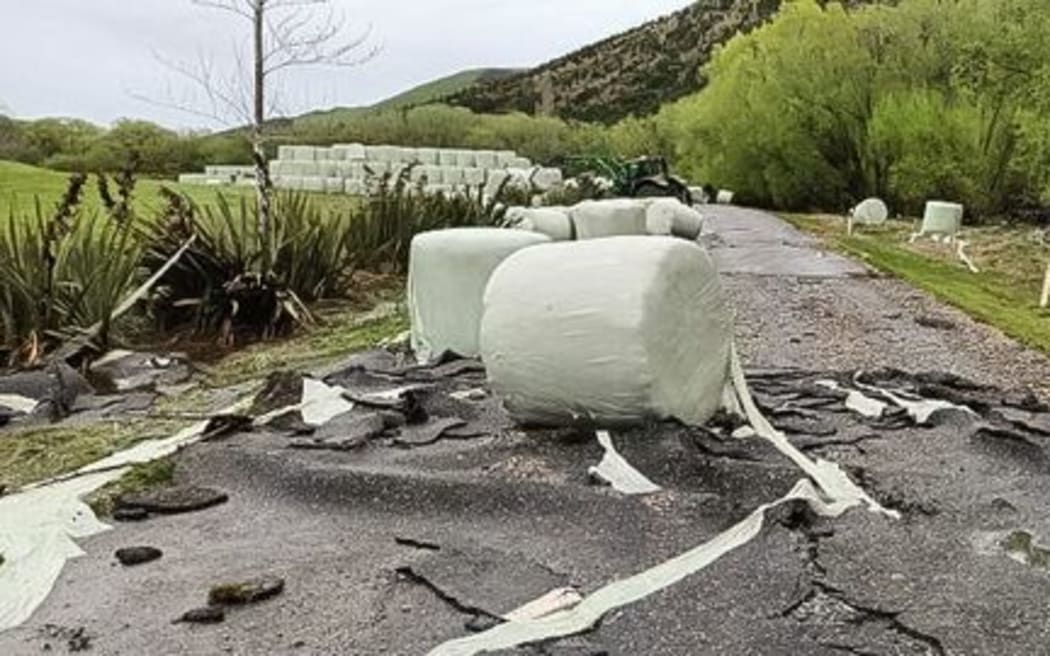
Flood damage of Otamita Gorge Road in Southland. Photo: Gore District Council, via Facebook
In Central Otago, some farms were left with flooding in recent weeks as a belt of rain moved across the South Island. New lambs had to be moved off river flats but the deluge has soaked into the ground well and has done more good than harm. Dairy farmers are finishing up calving and are busy vaccinating and already looking ahead to mating in November. There's plenty of feed around and milk production is tracking well.
Southland was also hit with last week's heavy downpour - leaving farms that border rivers with flooding and infrastructure damage. People are rallying around them to get repairs done as soon as possible so they can get the farms back up and running. Apart from the heavy rain, Spring has been warm prompting good grass growth heading into summer. With an El Nino weather pattern forecast farmers in Southland aren't too worried as it tends to bring more moisture to the region than the rest of the country.

